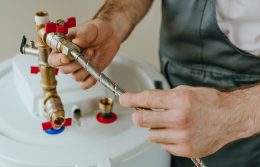What to do if you are stranded
Preventative measures that can help you stay safe when stranded.
How to Access the content
Welcome! If you receive Texas Heritage for Living magazine, sign in here. Otherwise, we invite you to click here to enjoy the content as our guest.
RELATED ARTICLES



